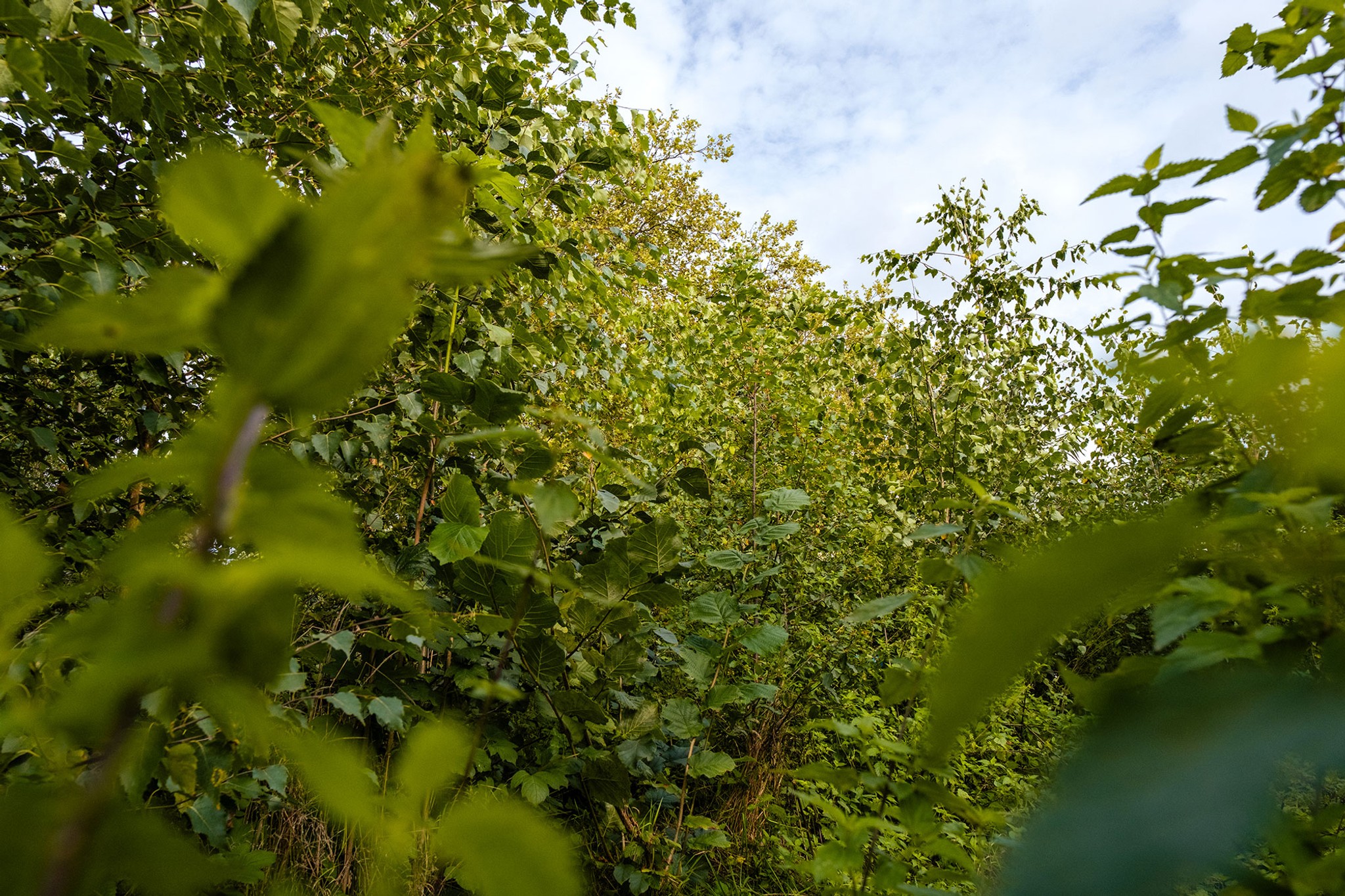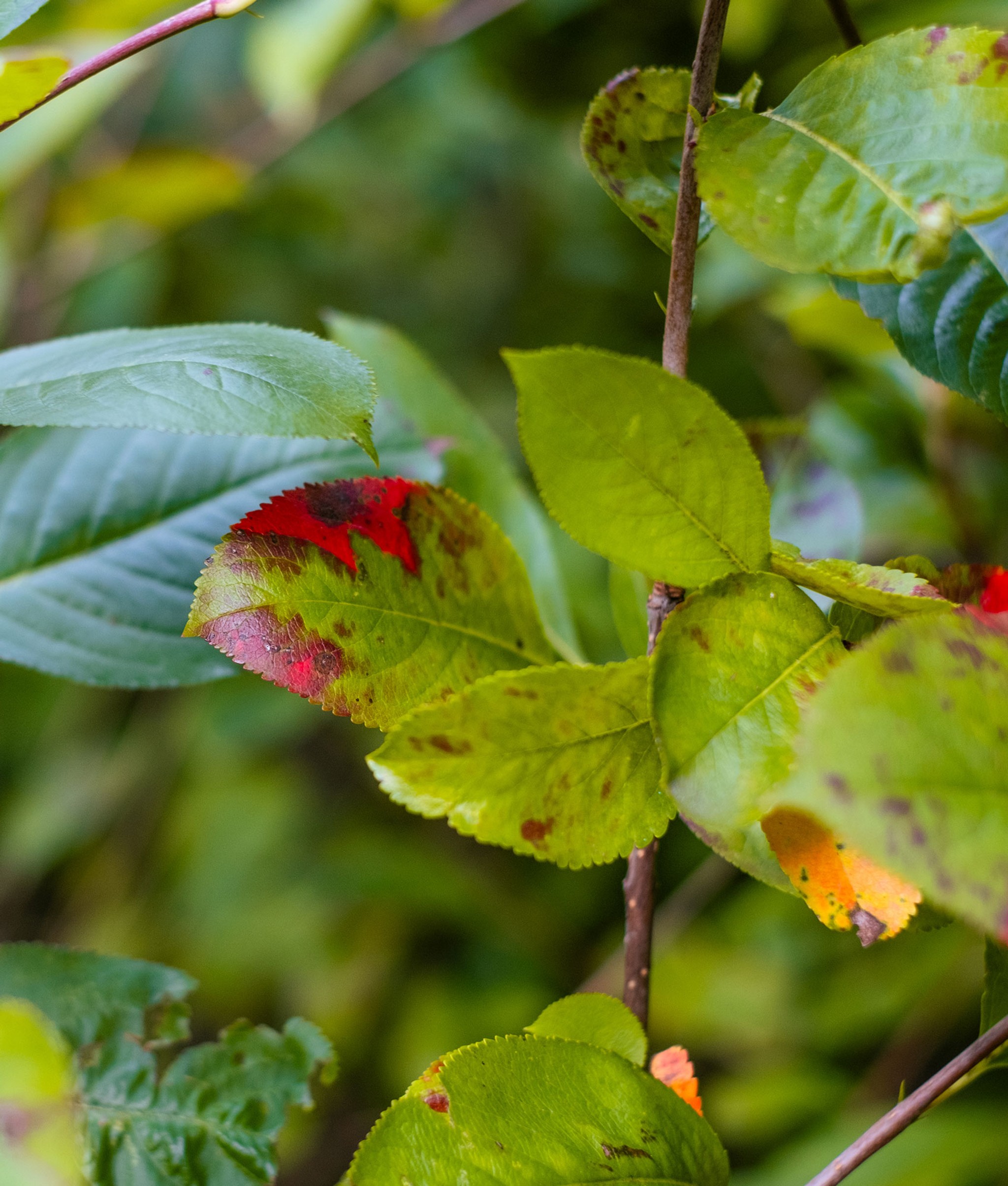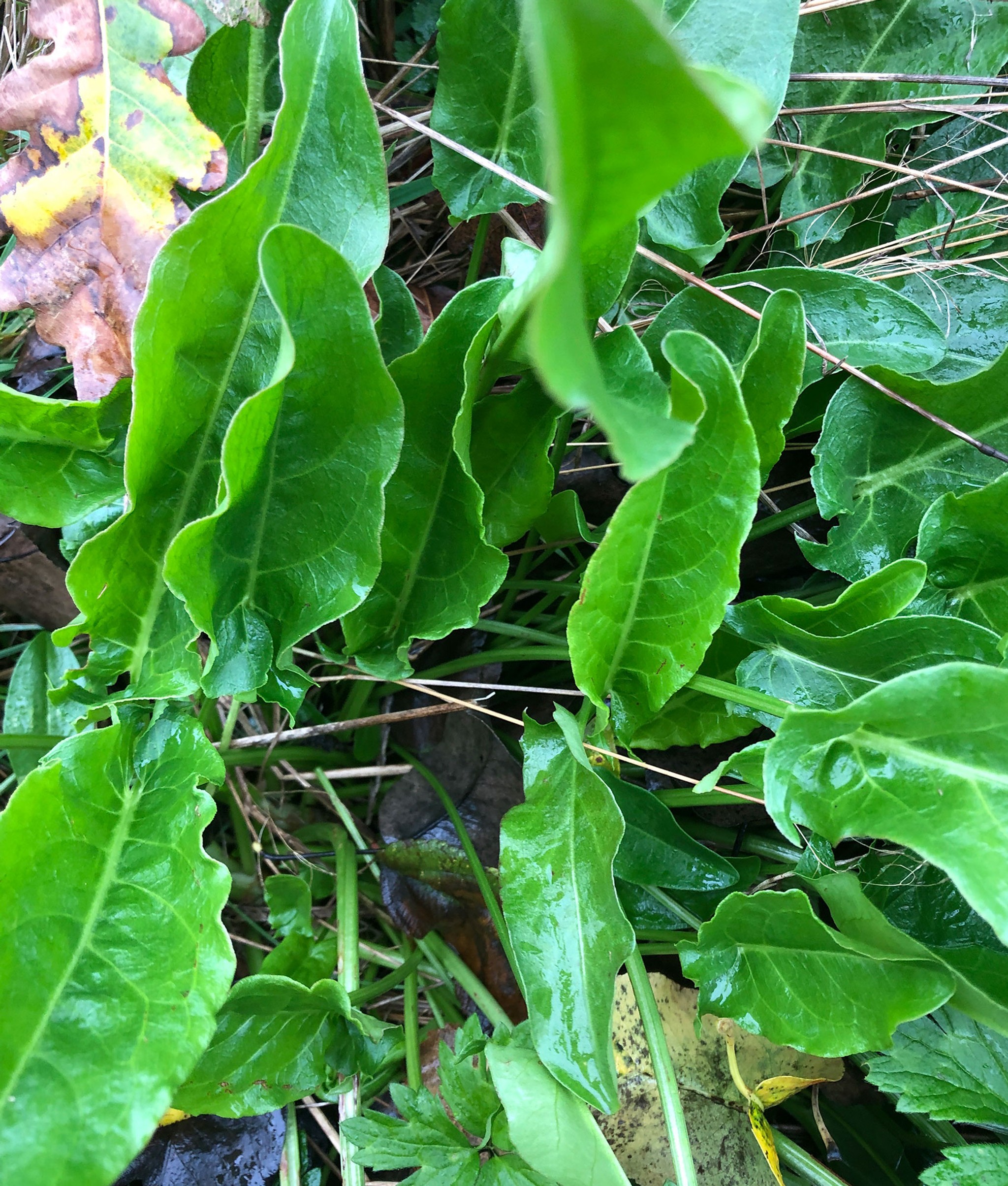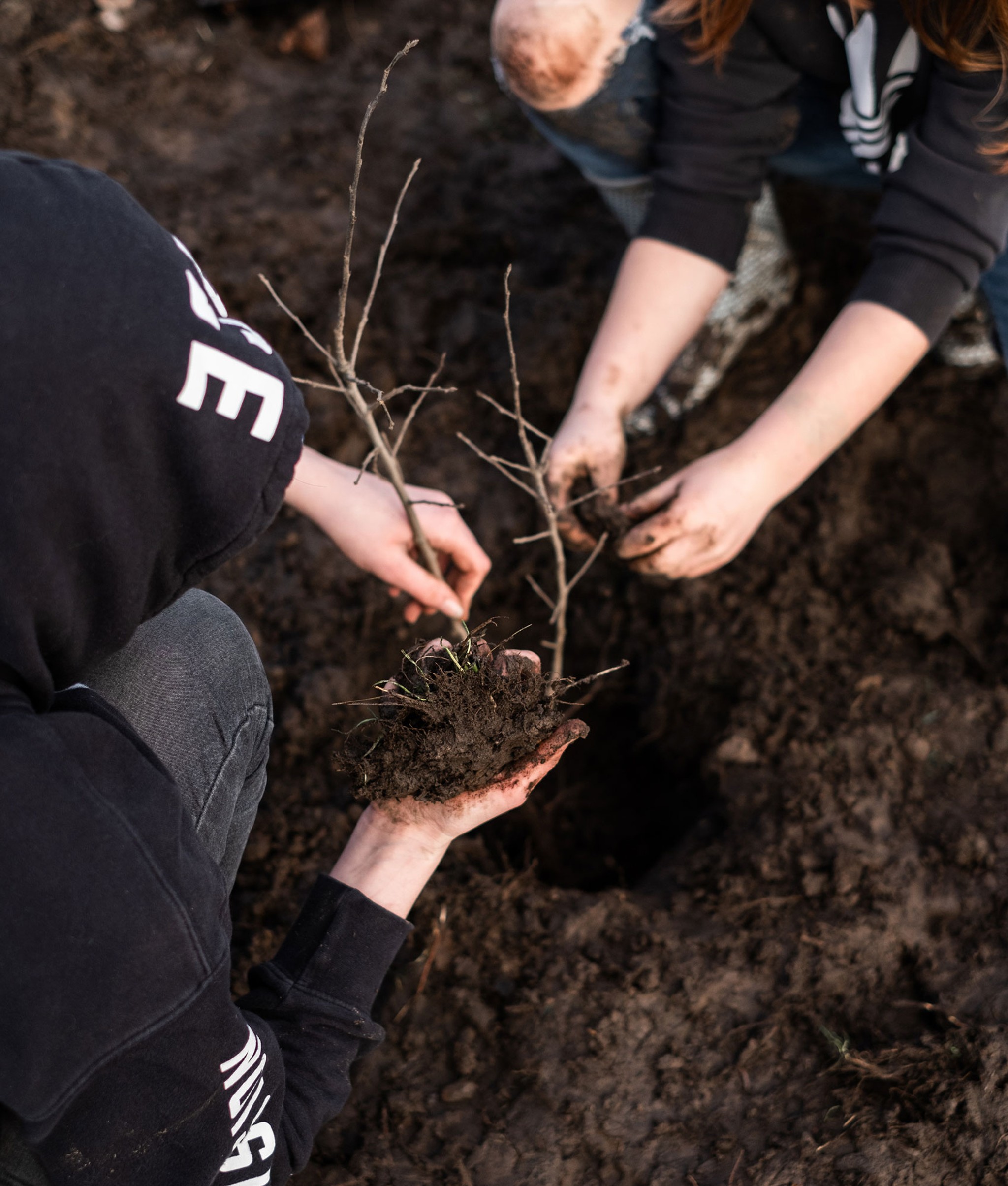De Ark
A forest learning center in Sint-Niklaas.

0
Trees
0
Square Meters
0
Native Species
0
Youth Impacted
Self-sustaining Forest
De Ark Forest, planted in February 2021, is thriving and looking beautiful, with an impressive survival rate, especially considering its challenging start. Initially, maintenance was not well understood, and some trees were accidentally cut down. However, after a more detailed discussion about the forest's needs, the school adjusted its approach, leading to a much more thoughtful and effective maintenance plan in the forest’s first years. This shift sparked a remarkable recovery, and the forest has flourished at an unexpectedly rapid pace.
The tree growth has far surpassed expectations, and the forest now enhances the town square, perfectly complementing the park and lining a popular roadside where people frequently walk and cycle. It has revived a vital natural habitat in a town that was once disconnected from Nature. Local residents have expressed their love for the newly established forest, and many are now requesting more pocket forests like it.
This project has not only beautified the area but also deepened the community's connection with the environment, becoming a source of local pride and showcasing the transformative power of urban green spaces.
Forest Maker
Nicolas de Brabandère
Forest Partner



Ecosystem Restored
Final report: 26.11.2024
After approximately three years our SUGi Pocket Forests become self-sustaining. They no longer require human maintenance or watering, and can be handed over to Nature for biodiversity and complexity to naturally develop.
0%
Survival Rate
0
People living within 300 meters
0
kg of potential CO2 sequestration
Biodiversity
Biodiversity is all the different kinds of life you'll find in one area—the variety of animals, plants, fungi, and even microorganisms like bacteria that make up our natural world. Each of these species and organisms work together in ecosystems, like an intricate web, to maintain balance and support life.
0
Potential number of mammals
0
Potential number of birds
0
Potential number of amphibians
“The world is our classroom, starting with the nearby school environment and neighborhood. As we venture out into the world, we discover a vast living space full of wonderful creatures, stories, possibilities, communities, cozy corners and thrilling adventures.”
Mieke Derynck, De Ark, leader in environment
Forest Report: 2023
0 Years
Forest Age
0%
Survival Rate
0m
Average of Tallest 3 Trees
The grove is in the children’s playground and so can become quite crowded over the summer months. It’s wonderful to see the children playing nearby - reconnecting with Nature - but perhaps in this instance, there has been a little too much pressure on the forest! As such, there is a piece of clearing where the trees weren’t able to successfully grow, not helped by the summer drought.
We are still waiting for specific forest vegetation to develop under the trees. There are quite a few stinging nettles, as with many areas in Flanders, due to the excess nitrogen in the soil.
Biodiversity Notes:
Forest Report: 2022
0 Years
Forest Age
0%
Survival Rate
0m
Average of Tallest 3 Trees
This pocket forest is growing well, with the birches - silver birch (Betual pendula) and downy birch (Betula pubescens) developing especially well.
Survival rate has suffered a little this year due to a population of rabbits ravaging the forest. Though following installation of a wire fence, this has addressed the issue and the rabbits have disappeared. This forest appears to have coped very well with the summer drought.
The forest is a joy for the school community, and classes are now being held in it regularly - in the area damaged by the rabbits.
Biodiversity Notes:
Various native perennials and flowering plants are now thriving in the forest, including sorrel (Rumex acetosa), creeping buttercup (Ranunculus repens), narrow plantain (Plantago lanceolata), wild marjoram (Origanum vulgare) and ironwort (Sideritis syriaca).
Forest Report: 2021
0 Months
Forest Age
0%
Survival Rate
0m
Average of Tallest 3 Trees
A big maintenance day happened on October 1 with the children of the school. We did have a small incident in this pocket forest — the local ‘park team’ thought it would be a great idea to create a path through the forest so they cleared some trees. The school direction has taken action, the missing trees will be replanted and they fenced the site.
Planting: February 2021

Soil Sampling
Checking for:
- Fertility
- Minerals & Elements
- Beneficial Biology - Microbes and Fungi
- Organic matter - that holds water and carbon













































